As winter arrives, shorter daylight hours and weaker sunlight pose challenges for solar-powered lamps. Whether it’s solar pathway lights adorning garden paths or solar landscape lights illuminating gardens, insufficient sunlight can lead to reduced lighting duration and brightness. However, with practical methods, solar lamps can still perform efficiently in winter. Below, we outline strategies to tackle these challenges.
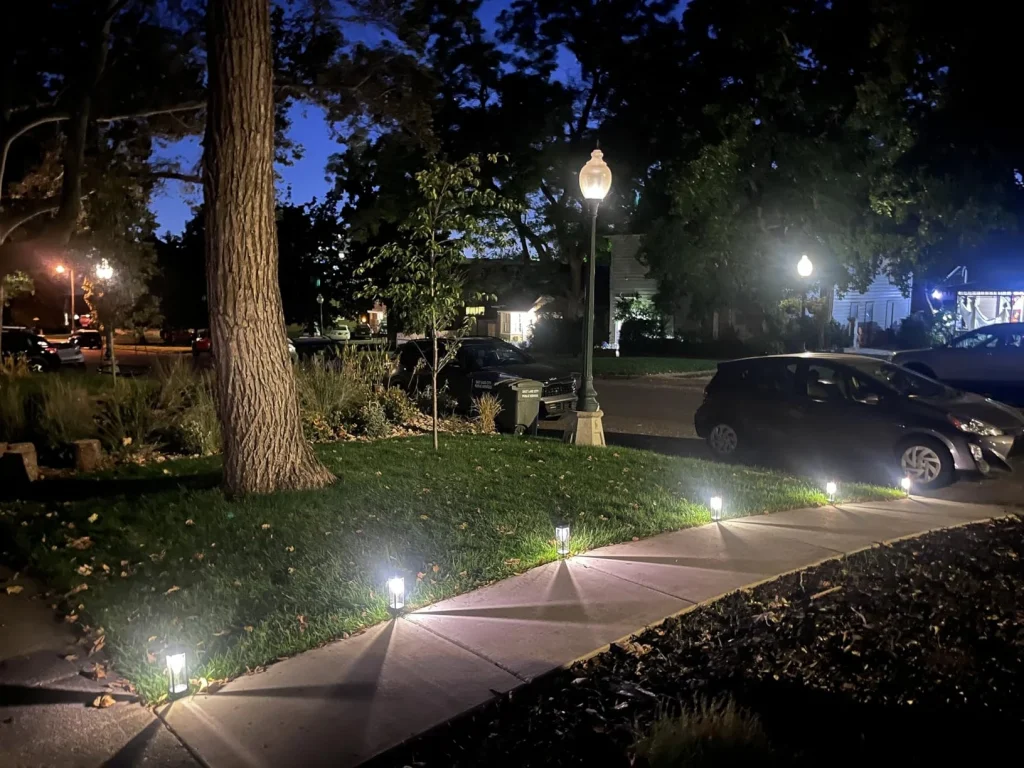
Understanding How Solar Lamps Work is Key
Solar lamps operate by converting sunlight into electricity via solar panels, storing it in batteries for nighttime or low-light use. In winter, reduced daylight and sunlight intensity limit the energy collected. For example, Emma, living in a northern city, noticed her solar pathway lights, which typically lasted all night, went out by midnight in winter. This is because weaker sunlight meant the panels couldn’t gather enough energy for full-night illumination. Understanding this principle helps us adopt effective solutions.
Choosing the Right Solar Lamp is Crucial
Selecting the right solar lamp is the first step for winter use. Some lamps feature high-efficiency solar panels and large-capacity batteries, capturing more energy in limited sunlight. Bitpott’s solar garden lights, for instance, use advanced monocrystalline silicon panels with high conversion efficiency, collecting more solar energy even in winter’s weak sunlight compared to standard panels. Their large-capacity lithium batteries store ample energy, ensuring sustained lighting. Tom, living in the suburbs, installed Bitpott solar garden lights. Though lighting duration slightly decreased in winter, they still provided enough illumination each night, ensuring safe and convenient nighttime movement for his family.
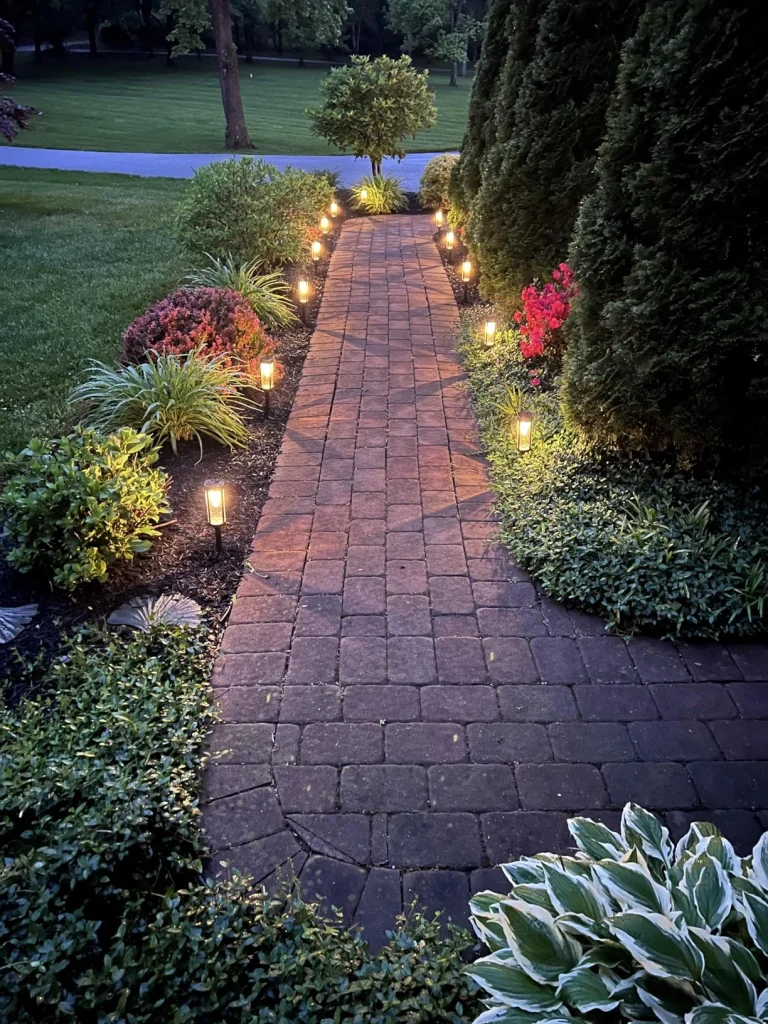
Optimizing Installation Position and Angle for Efficiency
Proper installation position and angle maximize sunlight capture in winter. Solar panels should face south with no obstructions to receive optimal sunlight. Lucy, from a small town, found her solar pathway lights underperformed in winter. She relocated the panels from a shaded area under tree branches to an open, south-facing spot and adjusted their angle to be more perpendicular to the sunlight. Post-adjustment, the lights’ illumination time and brightness improved significantly. For Bitpott solar landscape lights, similar care is needed. David, a gardening enthusiast, installed Bitpott landscape lights in his garden, choosing unobstructed locations and adjusting panel angles based on winter sunlight angles. This ensured the lights functioned well, enhancing his garden’s nighttime beauty despite shorter daylight.
Regular Maintenance is Essential
Winter maintenance is critical for solar lamps. Regularly cleaning solar panels prevents snow, dust, or debris from blocking sunlight, maintaining optimal light absorption. Snow and dust reduce panel efficiency. Jack, living in a mountainous area, noticed his solar lights dimmed after a heavy snowfall. Upon inspection, he found snow covering the panels. After clearing it, the lights resumed normal operation. Additionally, check battery conditions to avoid over-discharging in low temperatures. Some lamps, like Bitpott solar spotlights, feature low-temperature protection, activating internal safeguards to prevent battery damage from over-discharging, extending battery lifespan.
Backup Power Solutions for Preparedness
In regions with severely limited winter sunlight, consider backup power options. Rechargeable lithium batteries can serve as spares, swapped in when solar lamp batteries run low to ensure lighting needs are met. Sophia, living in a frigid region, installed multiple solar lights in her garden. To cope with long, dimly lit winter days, she purchased spare lithium batteries compatible with her Bitpott solar pathway lights. On days with minimal sunlight, she replaced the batteries, ensuring consistent illumination and safer nighttime navigation for her family.
Conclusion
While winter’s limited sunlight challenges solar lamp performance, choosing suitable products, optimizing installation, maintaining regularly, and preparing backup power can keep them effective. Whether lighting pathways or enhancing garden landscapes, solar lamps like Bitpott’s range continue to meet needs, bringing convenience and beauty to our lives.



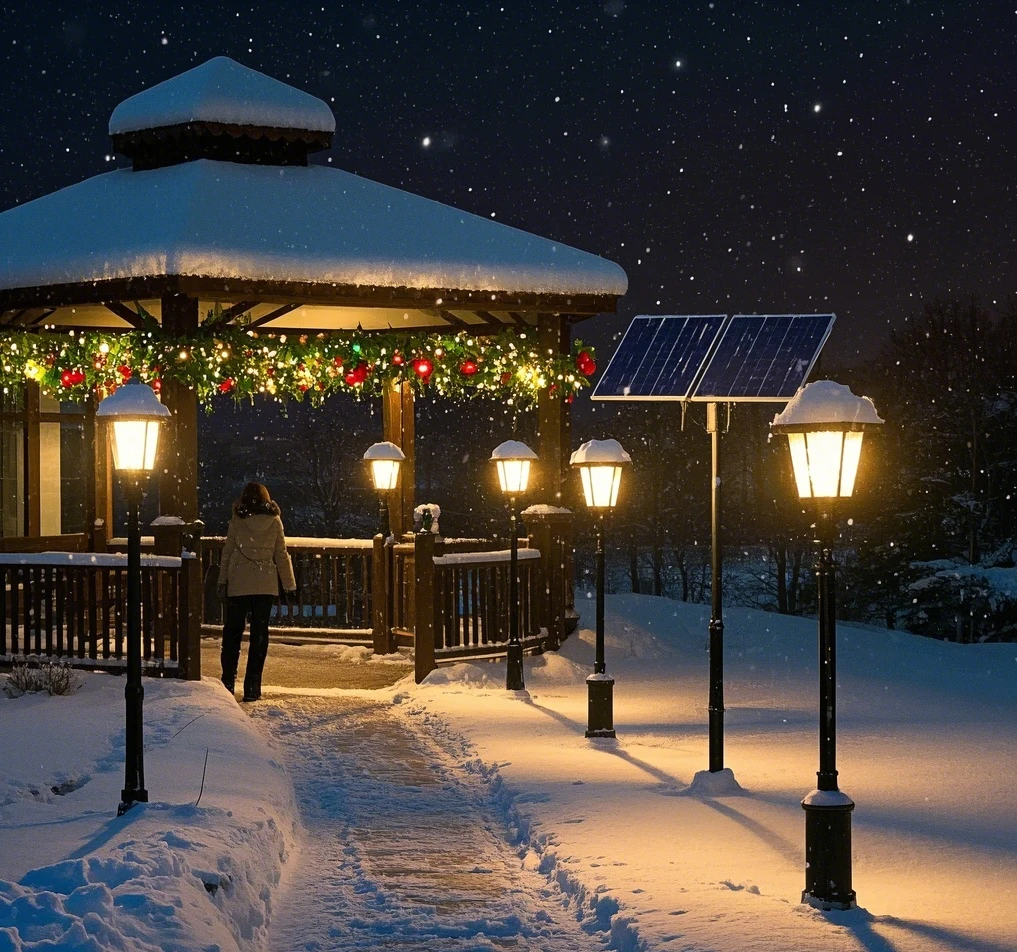
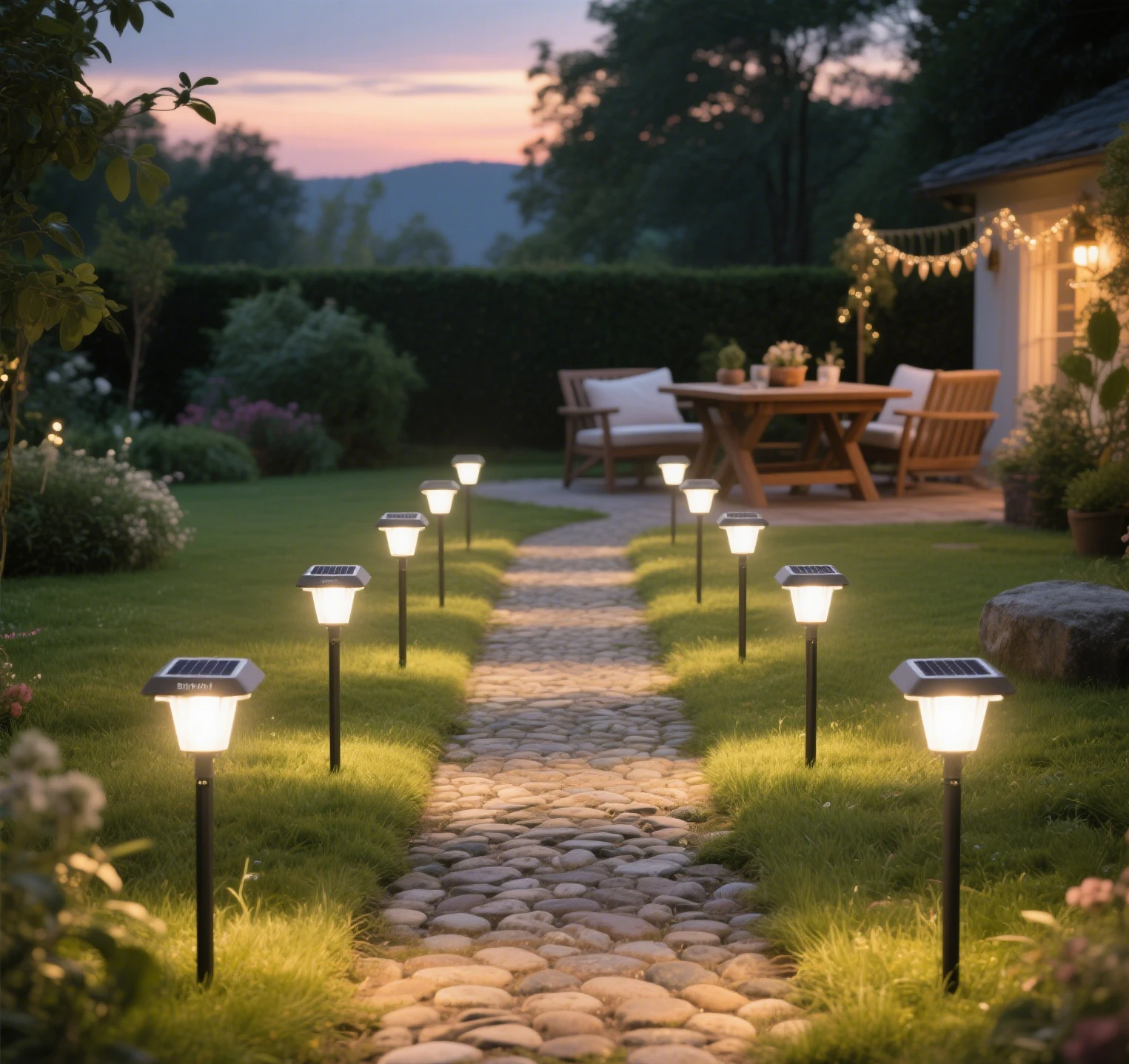
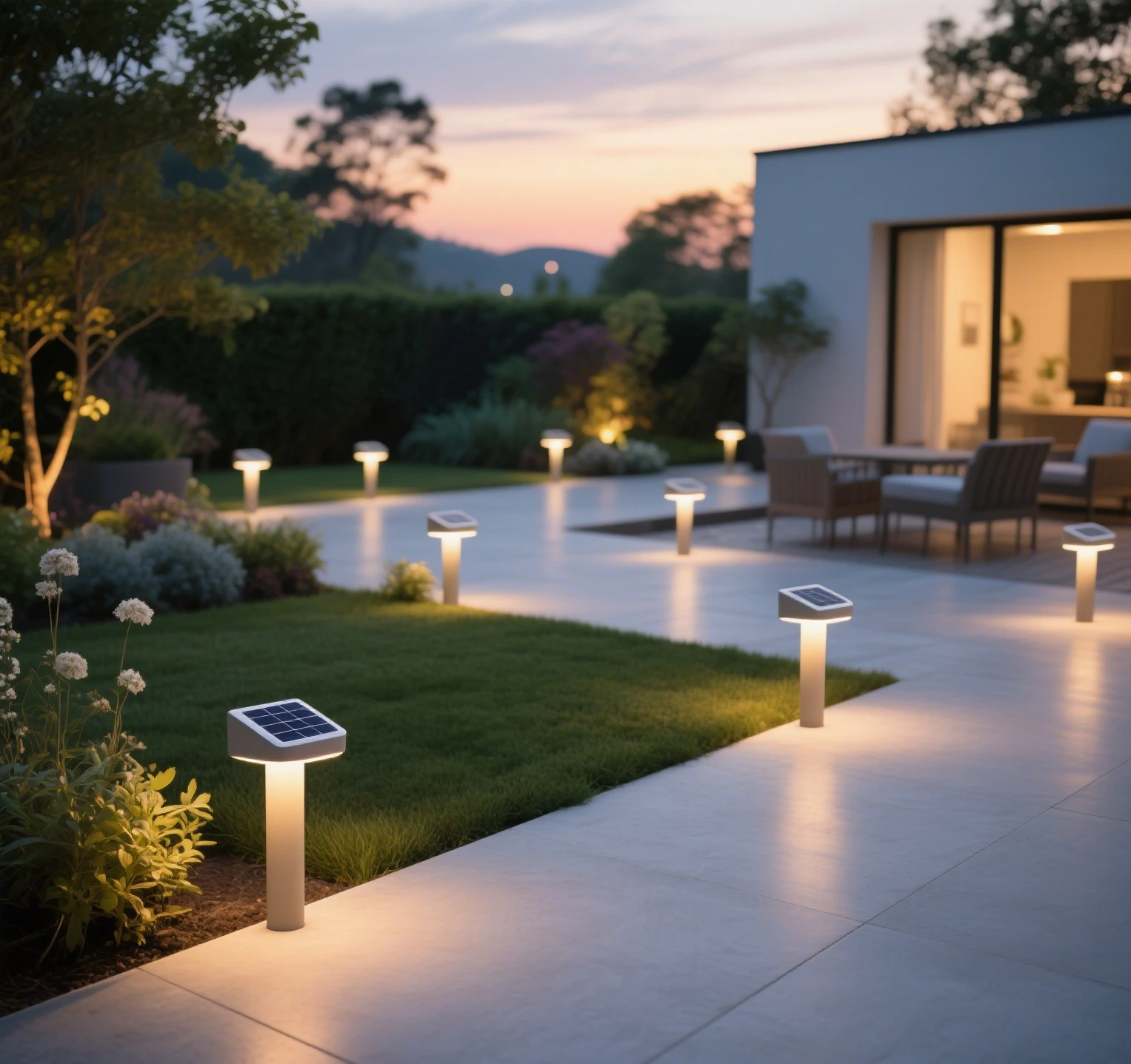

Leave a Reply